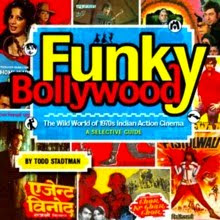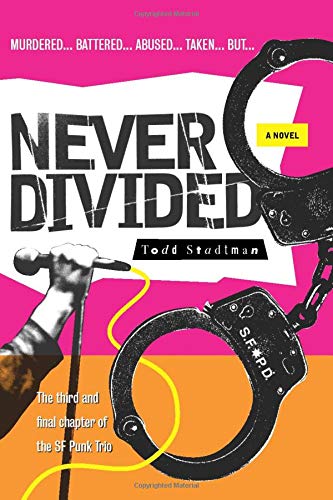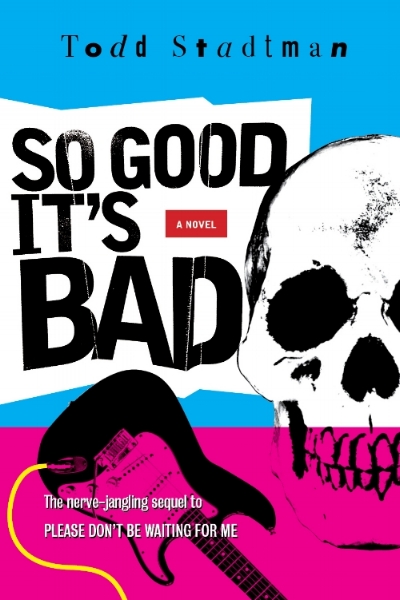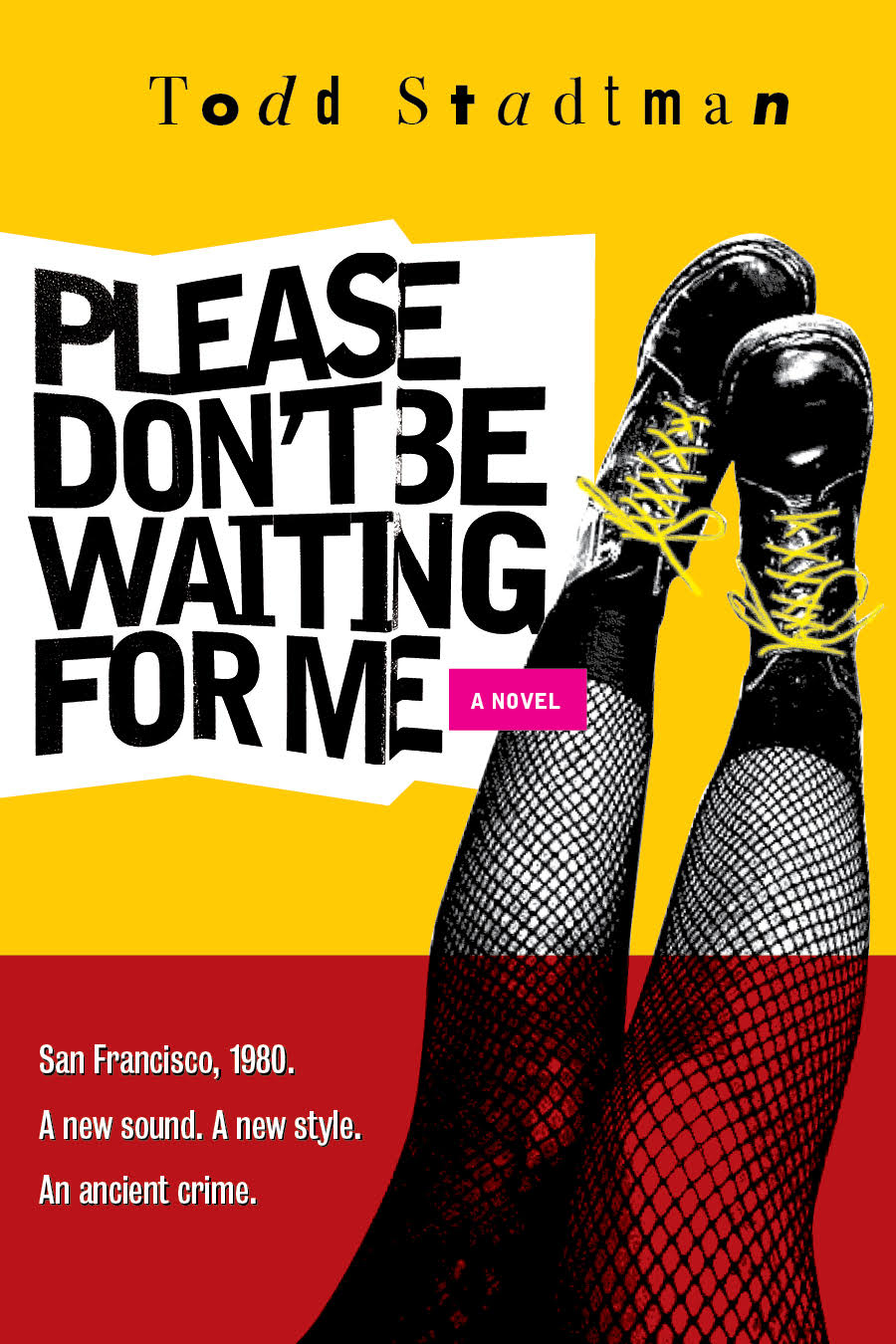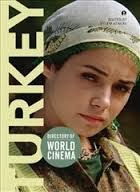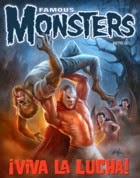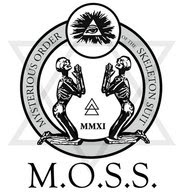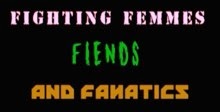The above screen grabs were taken from the 1982 Taiwanese fantasy wuxia
The Fairy and the Devil. The monster footage itself, however, is taken from a much earlier Taiwanese fantasy film, 1971's
Tsu Hong Wu. I'm not sure how successful of a film
Tsu Hong Wu was, but it's apparent that its monster sequences were very popular with other Taiwanese filmmakers, as
The Fairy and the Devil is not the only movie to have borrowed them. They also turned up in 1977's
Sea God and Ghosts, and, for all I know, could've been pilfered by dozens of other Taiwanese film, as well.
In any case, I'm hoping to have a copy of
Tsu Hong Wu to review in the coming weeks. In the interim I thought I'd cull a little bit of the information I've come across regarding other films of its type, in the process leaning heavily upon the hard work of other bloggers while I simultaneously type and huff multiple cans of air duster. Yay!
It would seem that Japanese-style giant monsters are a rarity in Chinese language cinema. However, I would have said the same thing about Indian cinema a while ago, and just
look at how
wrong I was about
that. In any case, with the very notable exceptions of Shaw's
The Super Inframan (great film, or the
greatest film?) and
Mighty Peking Man, most of those Chinese films featuring suitmation beasties that we do hear about seem to come from Taiwan. On this blog alone, for instance, we've already seen the swoon inducing giant octopuses of
Little Hero, as well as
Thrilling Sword's fearsome nine-headed serpent and demon Cyclops.
Still, despite my obviously heroic efforts in this area, I simply must tip my hat to Tars over at
Tarstarkas.net, who, when he's not busy tormenting hate-mongering loonies, is doing the good work of sniffing out obscure monster movies from every corner of the globe.
For example, back in July, Tars gave us
this post, in which he reviewed the 1970 Taiwanese children's film
Young Flying Hero, which, while not a monster movie per se, does feature the above pictured -- rather anticlimactic, by the sound of it -- battle between a man-in-suit giant frog and an also man-in-suit goofy dragon. A number of people got pretty excited about
Young Flying Hero back when it looked like we were never going to get a chance to see it. But now that it's become available on the gray market and has been revealed to be not quite the big kaiju smack-down that we were hoping for, it's lost its luster somewhat.
Fortunately, there are other Taiwanese giant monster films out there that really do seem to no longer exist, and are hence incapable of ever disappointing us. Just like pretend girlfriends! For instance…
Back in April, Tars
posted pictures of an amazing collection of original promotional materials for
Devil Fighter, a 1969 film directed by
Young Flying Hero's producer Poon Lui (the man also responsible for the Shaw spy film
Poison Rose, which was reviewed here last month). The poster for this batmonster-rich film shows up on eBay from time to time, but so far the movie itself is MIA.
And then there's 1976's
War God, about a giant mythical hero defending Hong Kong against some gargantuan -- but also kind of adorable -- alien invaders. Once again, Tars posted an impressive collection of stills and promotional materials for the film, which can be seen
here. Colin over at
Kung Fu Fridays has also recently
posted about the film, and in his comments section, one of his readers has referred to it as being directed by Chen Hung Min, the same man who gave us
Little Hero. Try as I might, it's very hard for me to imagine this movie being anything other than awesome. And it looks like I may never be disabused of that notion, because, like
Devil Fighter,
War God has also so far proved impossible to find.
But impossible is not a word that's in our vocabulary when it comes to the prospect of finding these seemingly "lost" films -- though we are quick to apply it to mundane and actually quite do-able tasks that we just don't feel like tending to at the moment. Somewhere out there, there just might be someone who has that one golden kernel of information necessary to us finally having one or more of these movies in our fidgety little hands -- or even someone who at this very moment is using the film canister for
War God to prop up a faulty table leg. If that describes you, our operators are waiting for your call.





















































